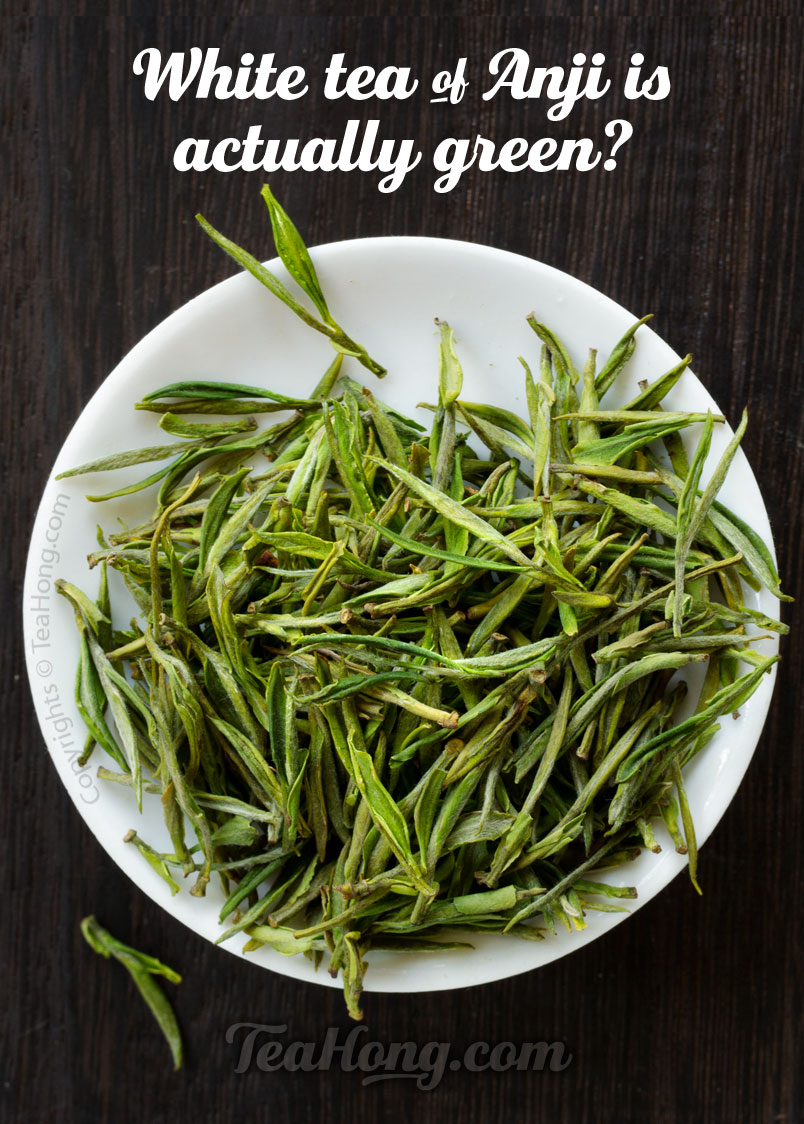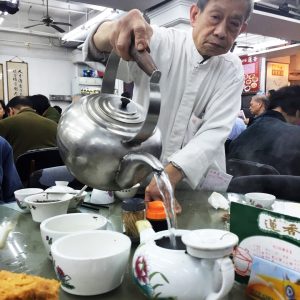Tea and Your Health: an Orientation
The many bioactive compounds in tea appear to impact virtually every cell in the body to help improve health outcomes…
Professor Jeffrey Blumberg, Jean Mayer USDA Human Nutrition Research Center on Aging, Tufts University
“There is now an overwhelming body of research from around the world indicating that drinking tea can enhance human health,” Blumberg continues in the International Scientific Symposium on Tea & Human Health in Washington DC (1).
Since antiquity, many have written of the health effects of tea. When the beverage reached the English speaking world, its salutary effects were one of the first selling points (2). Various experiments had been conducted since but it was in the 1960’s that systematic and serious scientific researches began, intensifying in the past three decades. Findings have increasingly pointed to the extraordinary potency of tea as a health drink, exceeding even the claims in traditional beliefs.
These health benefits are printed in many publications and posted all over the internet so we shall present some of the more reliable sources and list the summaries in several pages in this site. We think, however, there are more we can share as experienced insiders and users, so we shall also write about it from our experience and understanding.

Pu’er compressed in small mandarin oranges 普洱小黃桔
This was still a popular home remedy for many digestive ailments in southern China during the 1970s. It is still a comfort drink, although the price of labour and the tea have gone up so much that this is far from popular nowadays.
A Holistic Look
Before you read on to some of the recent scientific findings, I would like to stress that they cover only a part of what tea is. There are tens of potent materials in tea and we are only beginning to understand a few. They have been isolated in studies and applications now but the synergic effects of these substances are yet to be understood.
Tea had begun as a medicine over 3,000 years ago, some say 5,000. Today, leaves from certain older strains of drinkable varieties of Camellia sinensis, if just dried under the sun like they still do in Yunnan, can still be bitter and harshly astringent, which could well be what tea tasted like then. By 59 BC, however, tea had somehow already become a household drink and a hospitality item in the western half of China (3). In order for it to be used in such capacity, the taste of the plant must have changed because of the domestication over that early millennium.
Tea: Most abundant in flavonoids
Both the horticulture and processing of tea have evolved dramatically since then. Hundreds of cultivars yield thousands of varieties available today to suit different taste preferences and consumption pattern. Because of the change in the plant nature as well as processing methods, the biochemical compositions of the products become different. The salutary properties thus vary from one another. Quality grades make even greater gaps between selections. The US Department of Agriculture publishes a survey (4) of the different flavonoid contents (a group of crucial health contributing substances in plant products, to which tea polyphenols belong) of various produces, highlighting especially those of green and black tea. The flavonoid amounts in the tea in this survey can be tens of thousand times different. The staggering figures reflect not only the potency difference between tea types but also that between different qualities. Use of better qualities is therefore not only a matter of taste, but also one of health.

Huoba Cha 火把茶 a bundled maocha produced cheaply in Yunnan, rather like a low shengcha puer. This is still a widely used tea/ comfort drink/ folk remedy in many remote areas in China
The USDA survey was only preliminary in terms of presenting tea as green, black, and an under-representation of oolongs. Within these groups, the vast biochemical differences between the hugely available selections have yet to be studied. They have not even touched the categories of white and post-fermented teas. Flavonoids are just one group of substances in the many bioactive constituents of tea. In fact, many unanswered questions have yet to be researched in this unique drink.
The Next Direction: A Gestalt Understanding of Tea
Although there have been a large number of medical researches in tea in the past twenty some years, only a few substances have been isolated for studies for their effects against limited number of ailments. The gestalt effects of tea on the human wellbeing as a whole have yet to be understood.
Nevertheless, tea has now been considered as a potent health beverage both in the East and West with long lists of benefits.
For a few years I have spent much time in the retail frontline to be in close contacts with end-users from various backgrounds. Healthy people, old and young, from school children to medical scientists, and people with ailments, from emotional trauma to cancers. These people of various ethnic and cultural backgrounds have helped to reinforce and refine my understanding of the drink. Their experience added significant dimensions, additional observations and insights to my experience, and all the scientific reports I have read.

Song Cultivar Huangzhi Xiang Dancong, Phoenix oolong 鳳凰宋種黃枝香 (黃橘香) 單欉
Phoenix oolongs are my own favourite. There is almost always a variety that fits a particular situation, whether it is for soothing the throat, calming the crampy stomach, or refocusing the mind… Most of all it is a most enjoyable drink and great companion for many occasions.
I think one most overlooked topic in understanding the drink in health term is the understanding of its holistic nature and the various manifestations in the different varieties. Their relationship with the unique physiological state of the individual is an important consideration. I can only share my empirical understanding in this respect and some of the language would have to be mixed with that of Traditional Chinese Medicine (TCM). I hope the readers will forgive this mix of tones in the related writings published here now and in the future.
Not just a supplement or medicine
Tea can mean harm though, if abused or misused, though the effects would be far lighter than if you abuse other substances, such as food or alcohol. I have listed some common sense in the “Do’s and Don’ts” page in this section, as well as a few substances in tea that some people would have a concern of.
However, tea should not be seen as a medicine. Not only, maybe. A customer with terminal multiple cancers made the best of the last few months of her life spending much time over tea in the hospital, doing tea demonstration for interest groups and preparing it for inmates. Less than a year before, she had joined one of my tea classes to learn about tea and gongfu infusion skills. Tea failed to change around her fate, but it has most positively been a companion, to her and the people she shared with.
I have been encouraging my 9-years-old boy to experience more tea, but I cannot tell how well it has contributed to his health. However, his confidence in telling people about handling hot teapots and distinguishing various teas by taste is always amusing.
As for myself, tea is not only a “keep well” and the finest drink, but it is also my regular excuse for leaving the seat for a break.
Tea is a healthy habit far more than the biochemical dimension.










